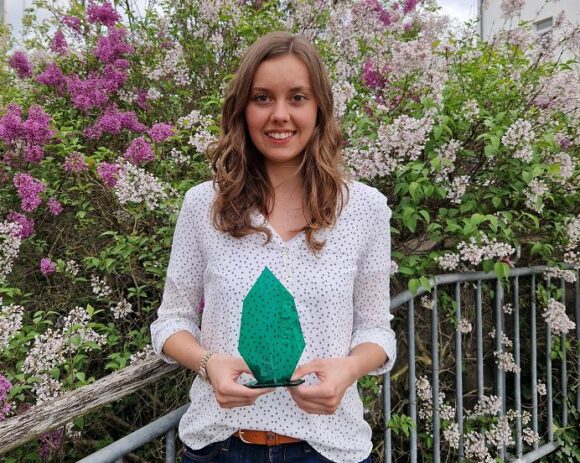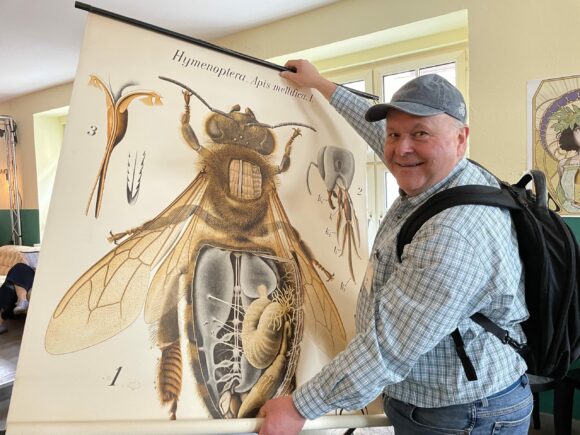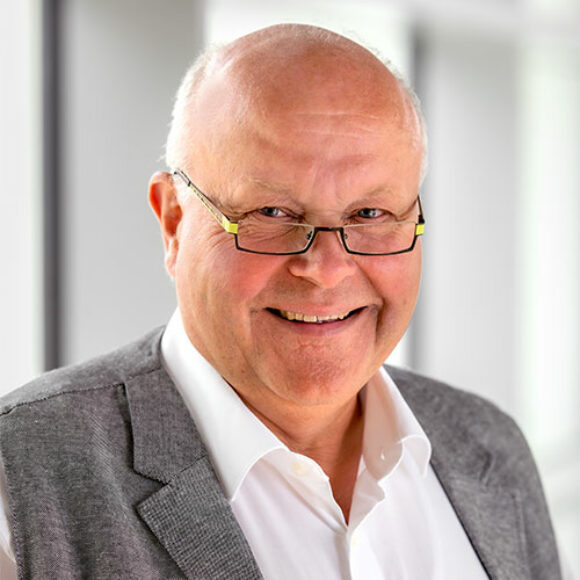The research group ERUX (Empirical Research and User Experience) of the Institute for Information Systems iisys has been investigating the user behavior of car drivers in real driving environments for quite some time. For the project partner Valeo Schalter und Sensoren GmbH (Bietigheim, Kronach), driving tests with autonomous parking assistants in modern cars were conducted. Using video recordings, eye tracking, quantitative and qualitative surveys, extensive data was evaluated and summarized in several research reports. Now the project is being extended and expanded.

Image: Hof University of Applied Sciences
The results of the research can be used directly in the development of new parking assistance systems and help make the systems simpler and more transparent for the user
Communication between man and machine
For example, the survey shows that future parking assistants will not benefit if the degree of user freedom increases too much. Drivers attach primary importance to the assistance system recognizing the surrounding situation accurately and providing intuitively comprehensible assistance during operation. By means of eye-tracking, for example, it was determined that drivers do not always succeed in recognizing and interpreting the displays quickly and clearly. This provides pointers for improving communication between the vehicle and the driver at the human-machine interface.
Extension as reward for project success
Due to the successful cooperation, it has now been decided to continue the collaboration with Valeo Schalter und Sensoren GmbH for another two years until the end of 2022. In view of the notoriously difficult situation in the automotive supply industry, this can be seen as a fine success and as confirmation of the usefulness of the research work carried out to date
Further field trials
To further underline the scientific claim, ERUX employs two PhD students in the project, who are researching the application of apparative measurement methods in user experience in cooperation with the previous project partners. Marcin Czaban and Simon Steudtel previously served as research assistants and are now intensifying efforts to apply ERUX’s extensive research equipment in controlled environments and field trials.

New acquisitions for laboratory
A newly acquired, additional 24-channel EEG device makes it possible to study a larger number of brain waves simultaneously compared to existing systems. Furthermore, a so-called dry electrode system has now also been purchased, which allows for more comfortable testing for the subjects than the devices previously in use. The latter required the application of contact gel.
Construction of a driving simulator planned
The in-depth research into the user experience in driving situations will be used to build a driving simulator, which will be available in the first quarter of 2021. This simulator will make it possible to simulate and perform various driving tests. These would otherwise only be possible under real conditions
The driving simulator makes driving tests more efficient and cost-effective, as a larger number of test subjects can be introduced to the tasks under controlled test conditions.
Marcin Czaban and Simon Steudtel
Of course, the new acquisitions were not only used in research projects. As usual, they were also presented in teaching and will be used in the context of students’ empirical theses. The new acquisitions were made possible by funding provided by the university, the Faculty of Economics, iisys and the Upper Franconia Foundation. They further improve the research infrastructure and also contribute to the research image of our university beyond the region.







